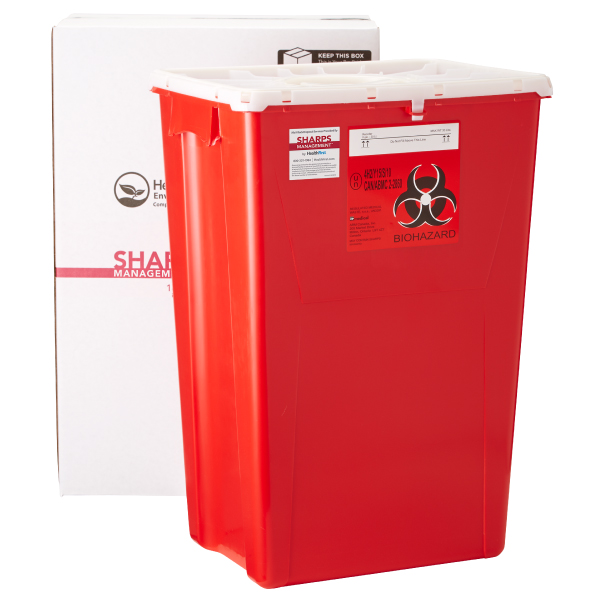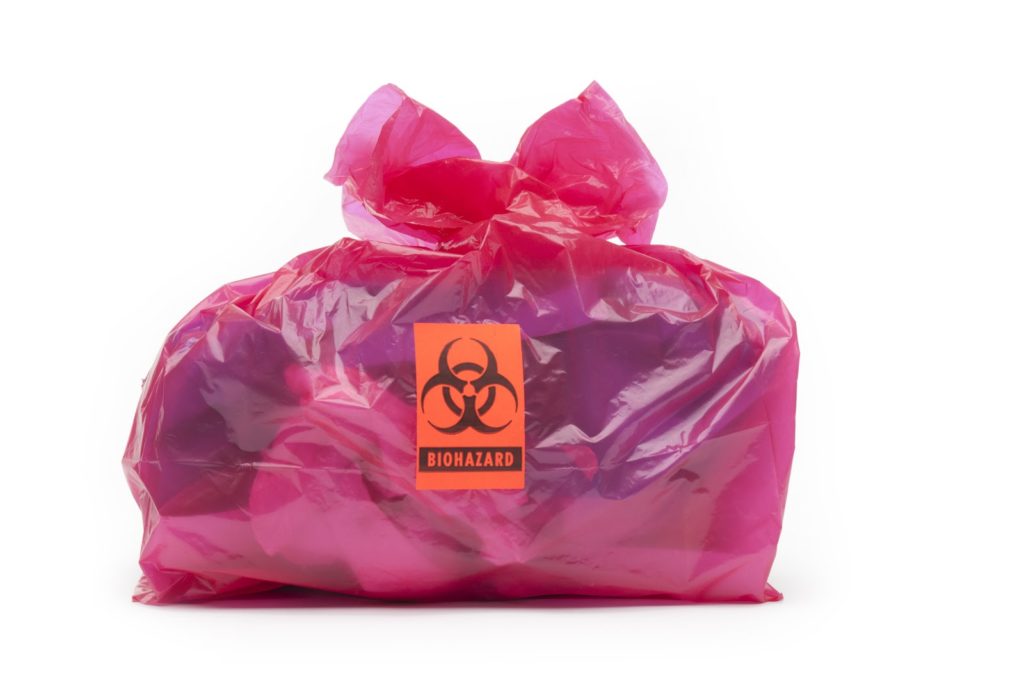Ecological Obligation: The Eco-Friendly Technique to Medical Waste Disposal
Ecological Obligation: The Eco-Friendly Technique to Medical Waste Disposal
Blog Article
Understanding the Different Kinds Of Garbage Disposal Techniques
In the realm of waste administration, the selection of disposal methods readily available today is vast and varied, each technique offering a distinct purpose in attending to the challenge of garbage disposal. click here. From recycling techniques that intend to provide brand-new life to products, to the elaborate procedures of unsafe waste management, the landscape of waste disposal is intricate yet important for ecological sustainability. Recognizing the nuances of these different methods not just clarifies the significance of liable waste monitoring but additionally triggers us to reassess our strategy towards waste disposal in a swiftly advancing globe

Recycling Approaches
Reusing techniques are important for sustainable waste management practices in both residential and commercial setups. medical waste removal near me. By executing reliable recycling approaches, a considerable amount of waste can be drawn away from landfills, preserving natural deposits and reducing the ecological effect of manufacturing processes
In suburbs, curbside recycling programs play a vital duty in motivating homes to different recyclable materials from basic waste. Materials such as paper, plastics, glass, and steels can be arranged and gathered for handling right into new items, decreasing the demand for raw materials and energy-intensive production processes.
Industrial centers likewise count on recycling approaches to reduce waste generation and advertise a circular economic climate. By applying closed-loop systems, companies can recycle products within their production processes, lowering costs and environmental footprint. medical waste disposal. Additionally, industrial recycling programs usually involve partnerships with specialized reusing centers to guarantee that materials are appropriately arranged, processed, and rehabilitated right into the supply chain
Composting Techniques

Aerated static stack composting involves blending organic waste products in a large heap and on a regular basis turning it to ensure appropriate aeration. This technique is appropriate for smaller-scale procedures and families.
In-vessel composting involves positioning organic waste in a closed container with regulated problems for temperature and oygenation. This method is reliable for taking care of food waste in metropolitan locations. Windrow composting includes developing long rows of natural waste and routinely transforming them to advertise decomposition. This method is generally used in farming setups.
Landfill Disposal
Landfill disposal is a commonly utilized approach for taking care of waste that can not be reused or composted. Methane gas, a result of decomposing organic waste in land fills, is often accumulated and made use of as a resource of sustainable energy. Initiatives to reduce reliance on land fills consist of promoting waste reduction, reusing, and discovering alternate waste disposal methods to reduce the ecological footprint associated with traditional land fill disposal methods.

Waste-to-Energy Incineration
Incineration of waste for energy generation is a click here technique increasingly being thought about as a choice to conventional garbage dump disposal strategies. Waste-to-energy incineration involves the burning of waste materials at heats, generally in specialized centers made to generate electrical energy or heat with the procedure - click here. This strategy not only lowers the volume of waste that would or else be destined for garbage dumps yet also takes advantage of the warmth produced throughout incineration to develop energy
One of the crucial benefits of waste-to-energy incineration is its ability to create electrical power while decreasing the environmental impact compared to standard land fill disposal methods. By converting waste into power, this method assists in lowering greenhouse gas emissions and reliance on nonrenewable fuel sources for energy generation. Furthermore, waste-to-energy centers are outfitted with sophisticated air contamination control modern technologies to mitigate potential toxic wastes released during the combustion process.
Contaminated Materials Management

Thinking about the vital value of accountable waste administration practices, particularly in the realm of environmental sustainability, the emphasis now moves in the direction of the detailed domain name of Contaminated materials Administration. Harmful waste postures substantial dangers to both human health and wellness and the environment, demanding customized handling and disposal methods. Common instances of dangerous waste include chemicals, batteries, chemicals, and digital waste.
Contaminated materials Management entails the identification, collection, transportation, therapy, and disposal of materials deemed possibly harmful or harmful. This procedure requires adherence to rigorous guidelines and guidelines to alleviate negative influence on ecological communities and public health and wellness. Various approaches are utilized in taking care of contaminated materials, including recycling, safe and secure garbage dumps, encapsulation, and chemical treatment.
Appropriate Hazardous Waste Administration is essential for protecting against contamination of soil, water resources, and air pollution. It is necessary for markets, laboratories, health care centers, and other generators of contaminated materials to implement robust monitoring techniques, training programs, and emergency situation response intends to ensure the risk-free handling and disposal of these products. Failure to handle unsafe waste appropriately can have significant effects, emphasizing the significance of thorough and liable techniques in this area.
Conclusion
Finally, garbage disposal methods play a critical function in handling and decreasing the impact of waste on the environment. From recycling and composting to garbage dump disposal and waste-to-energy incineration, each approach has its very own benefits and constraints. Correct management of dangerous waste is likewise necessary to shield public health and the environment. It is necessary for individuals and industries to understand the different garbage disposal techniques available and choose one of the most appropriate technique for lasting waste administration.
In the realm of waste monitoring, the selection of disposal methods offered today is large and varied, each approach offering a distinctive objective in attending to the difficulty of waste disposal. click here. From recycling methods that aim to offer brand-new life to products, to the detailed processes of unsafe waste monitoring, the landscape of waste disposal is complicated yet important for environmental sustainability. Understanding the subtleties of these various techniques not only drops light on the relevance of accountable waste management yet additionally triggers us to rethink our strategy towards waste disposal in a rapidly advancing world
Efforts to lower reliance on land fills consist of promoting waste decrease, recycling, and discovering alternate waste disposal methods to reduce the ecological impact associated with typical garbage dump disposal techniques.
It is crucial for industries and people to recognize the different waste disposal strategies available and pick the most suitable approach for sustainable waste monitoring.
Report this page